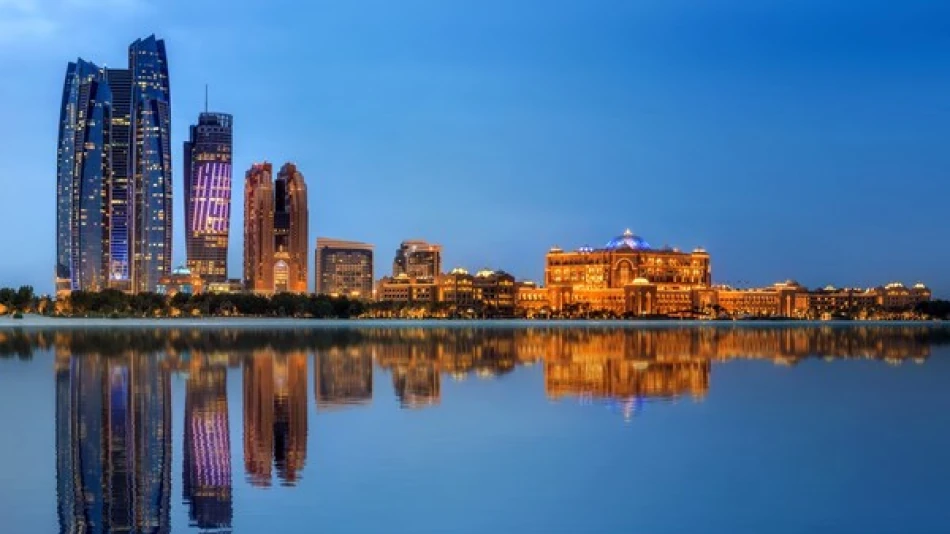
UAE Tourism: Ambitious Strategic Vision and Sustainable Growth
As the world marks World Tourism Day today under the theme "Tourism and Sustainable Transformation," the UAE stands out as a prime example of how the industry can drive economic growth while creating lasting positive change. The country welcomed over 30 million hotel guests last year and is positioning itself to become the world's leading tourism destination by 2031.
The numbers tell a compelling story. UAE hotels received 30.8 million guests in 2024, up 10% from 28 million the previous year. But here's where it gets interesting – tourism isn't just bringing visitors. It's creating jobs on a massive scale.
According to the World Travel and Tourism Council, the sector contributed 257.3 billion dirhams to the national economy in 2024. That translates to roughly 898,600 jobs – meaning one out of every eight jobs in the UAE comes from tourism and travel.
International tourists spent 217.3 billion dirhams, while domestic travelers added another 57.6 billion dirhams to the economy. These aren't just impressive figures – they represent real economic impact flowing through hotels, restaurants, attractions, and local businesses.
The UAE's National Tourism Strategy 2031 sets ambitious but achievable targets. The plan aims to boost tourism's contribution to GDP to 450 billion dirhams, attract 100 billion dirhams in new investments, and welcome 40 million hotel guests annually.
Investment momentum supports these goals. Tourism investments reached 32.2 billion dirhams last year, growing 10.8% from 2023. Forecasts suggest this will climb to 35.5 billion dirhams this year and potentially 50.8 billion dirhams by 2035.
The UN Tourism organization emphasizes that sustainable tourism transformation requires more than just growth – it needs good governance, strategic planning, and clear priorities aligned with long-term sustainability goals. Tourism serves as both an economic engine and a catalyst for social progress, creating educational opportunities and opening new pathways for communities.
Looking ahead, the sector's trajectory appears strong. The World Travel and Tourism Council projects tourism will contribute 287.8 billion dirhams to the UAE economy by 2035, representing 10.4% of national GDP. This growth reflects the country's focus on building infrastructure, diversifying attractions, and creating experiences that draw both international visitors and domestic travelers.
For investors and businesses, these trends signal sustained opportunities in hospitality, entertainment, and tourism-related services. The UAE's approach demonstrates how countries can build tourism sectors that generate jobs, attract investment, and support broader economic development goals while maintaining focus on sustainability and social impact.
Most Viewed News

 Layla Al Mansoori
Layla Al Mansoori






